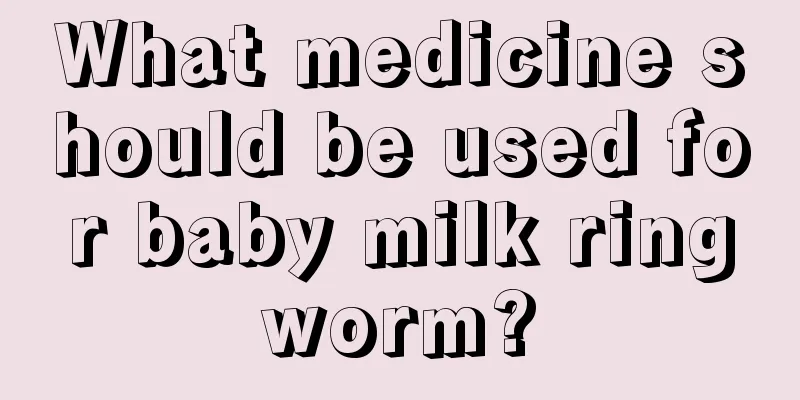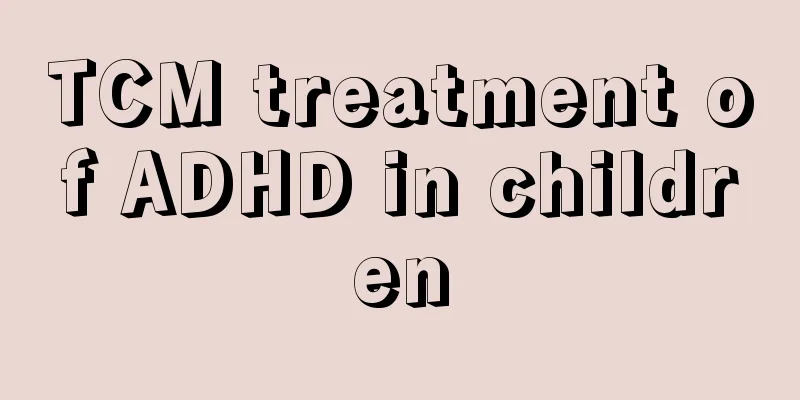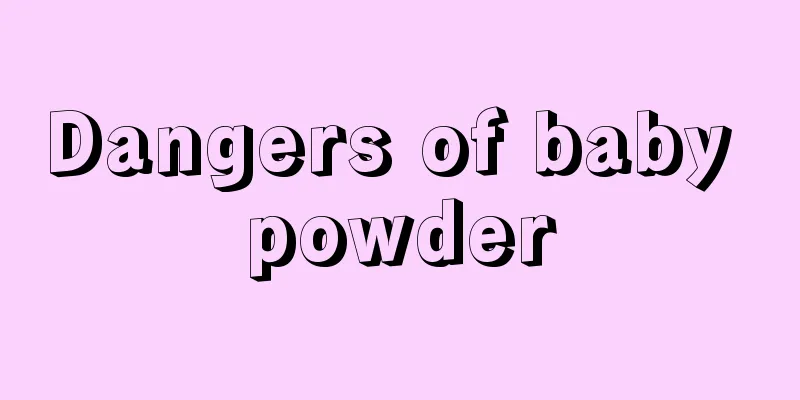Can cerebral palsy be detected in children? Symptoms of cerebral palsy

|
When it comes to cerebral palsy, I believe many people have heard of it. Cerebral palsy often occurs in newborns and is caused by intrauterine hypoxia during delivery, which leads to damage to the baby's brain nerves. Babies with cerebral palsy have high muscle tone, so when they grow up, they are basically unable to take care of themselves and their IQ is also low. So, how can we tell if our baby has cerebral palsy? Below are the symptoms of cerebral palsy at different stages. 1. Early symptoms: The early symptoms of cerebral palsy in children are actually very obvious, and parents can find clues of cerebral palsy as long as they observe carefully. During the neonatal period, the child shows no interest in anything around him, has poor responsiveness, has significantly reduced movements, and even has poor sucking ability, often choking on milk. If you ask a doctor to check, you will find that some innate reflexes such as the rooting reflex, grasping reflex, and hugging reflex are weakened or do not appear at all. 2. Symptoms in infancy: The child shows symptoms of intellectual and motor development retardation, such as difficulty in abducting the thigh, flexed knees that are difficult to straighten, legs straightened and adducted when held upright, legs crossed in a scissors shape, flexion of the elbow and wrist joints of the upper limbs, and frequent clenching of the hands with the thumbs adducted. There is little active movement. After 5 months, the baby still cannot actively reach out to grab the things he likes, or always uses one hand to grab. Abnormal reflexes appear, that is, some primitive reflexes disappear with delay, while normal protective reflexes weaken or do not appear, and some pathological reflexes may also appear. 3. Symptoms in early childhood: Children in their early childhood already have many behavioral abilities, and any abnormalities can be easily discovered. Children have limb movement disorders and cannot walk or have abnormal walking posture, such as standing on tiptoe, scissor gait, limping, inability to squat, etc.; their hands are not flexible and they cannot pick up objects with their hands or they always use one hand to pick up things; they have intellectual disability, delayed language development or language disorders, or have abnormal vision, hearing loss, etc. Cognitive and behavioral abnormalities occur, manifested as excitement, hyperactivity, loneliness, or fragility. Some children with cerebral palsy have athetosis, ataxia, hypotonia, rigidity, tremor, etc. 4. Symptoms of mid-stage cerebral palsy: Cerebral palsy in children is mainly accompanied by symptoms such as intellectual disability, abnormal behavior, mental disorders, etc., and may manifest itself in incoordination of movements and delayed motor development. |
<<: How to differentiate abdominal pain in children?
>>: What's wrong with the lymph nodes at the back of the child's head?
Recommend
What is the cause of white spots on children's fingers?
Babies are the apple of their parents' eyes, ...
What causes laryngitis in children?
If a child suffers from laryngitis, the most obvi...
What to do if your baby's hands and feet are cold and sweaty
We know that since the organs of babies are not f...
What causes a three-year-old to be allergic to milk?
Many people are naturally sensitive to some thing...
What should I do if my child’s skin itches and develops red bumps?
Children's skin is very fragile, so we often ...
What are some tips for children with stuffy noses?
We know that once a child has a stuffy nose, he w...
12-year-old girl precocious
Nowadays, there are more and more types of food, ...
How many deciduous teeth should be replaced?
Everyone must have experienced tooth replacement....
Causes of recurrent tonsillitis in children
We hope that parents can pay attention to the sit...
Why does my two-month-old baby fart smell bad?
When babies are young, they are all breastfed, an...
Characteristics of adolescent psychological development
In the past, material life was relatively scarce,...
Why is the child shaking all over?
There are many reasons why children tremble all o...
What should I do if my child has a low-grade fever?
1. Massaging acupoints for a low fever is very un...
How to care for your baby after the umbilical cord falls off
I think the happiest moment for every family is w...
Baby gets eczema when it gets hot
Eczema is a common disease among infants and youn...









